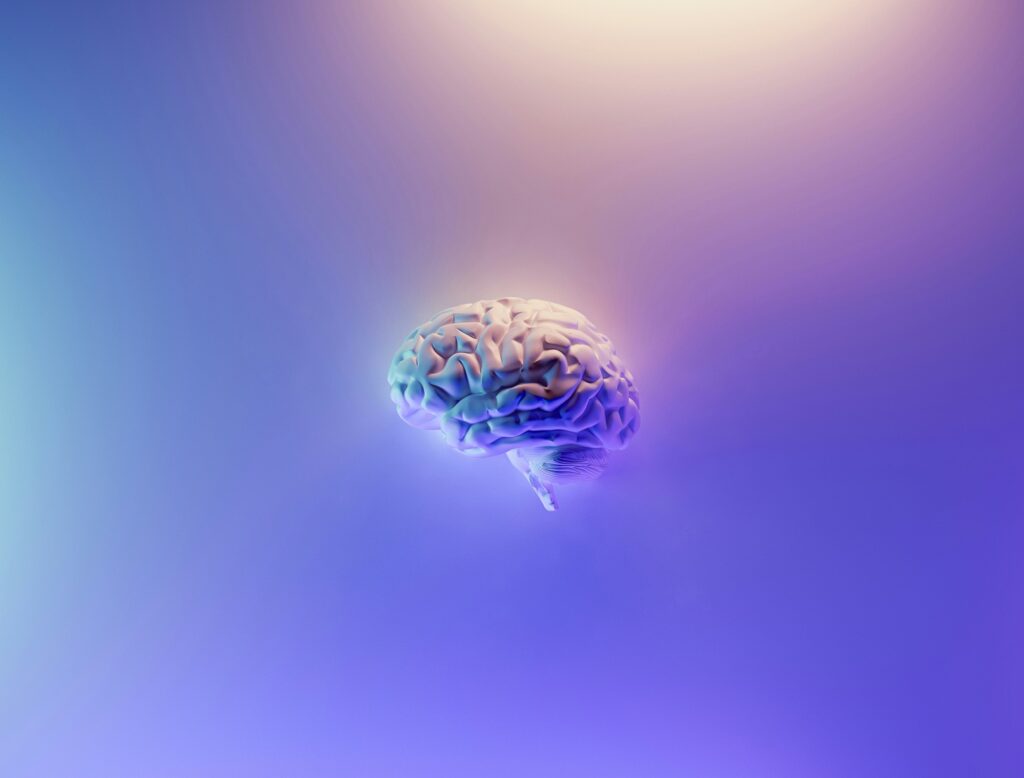Human movement is deeply rooted in our biology, particularly in our evolution as bipedal creatures. Walking on two legs—bipedalism—is a defining characteristic of humans, setting us apart from our primate ancestors and other animals. But what does this mean for our movement, and how does it impact our overall health?
Bipedalism evolved millions of years ago, offering early humans several advantages. By walking upright, our ancestors could cover long distances more efficiently, conserve energy, and free up their hands for tool use, carrying objects, and gesturing—key factors in our development as a species.
This shift also changed our skeletal structure, leading to the development of a unique spine curvature, a broader pelvis, and stronger leg muscles. These adaptations have made us incredibly efficient walkers and runners, capable of sustained physical activity that other species find challenging.
Despite our evolutionary advantages, modern lifestyles often clash with our biology. Our bodies are designed for movement, yet many of us spend hours each day sitting, which can lead to health issues like back pain, obesity, and cardiovascular disease. Bipedalism is meant to keep us active, not sedentary.
Regular movement—whether walking, or more intense exercise—helps counteract the negative effects of a sedentary lifestyle. It engages the muscles and joints designed for movement, promoting better posture, balance, and overall physical health.
Embracing our bipedal nature has numerous health benefits. Moving regularly helps maintain a healthy weight, supports cardiovascular health, and strengthens bones and muscles. It also improves circulation, delivering oxygen and nutrients more efficiently throughout the body.
Beyond the physical, movement also positively impacts mental health. Physical activity reduces stress, anxiety, and depression, boosting mood and cognitive function. It’s a natural way to align with our biology and keep our minds sharp.
In essence, our biology as bipedal beings is a reminder that we are built to move. Whether it’s walking, running, or simply standing more throughout the day, embracing our natural movement patterns is crucial for maintaining our health and well-being.
So, listen to your body and move in ways that reflect your natural movement. Your biology is hardwired for it.


